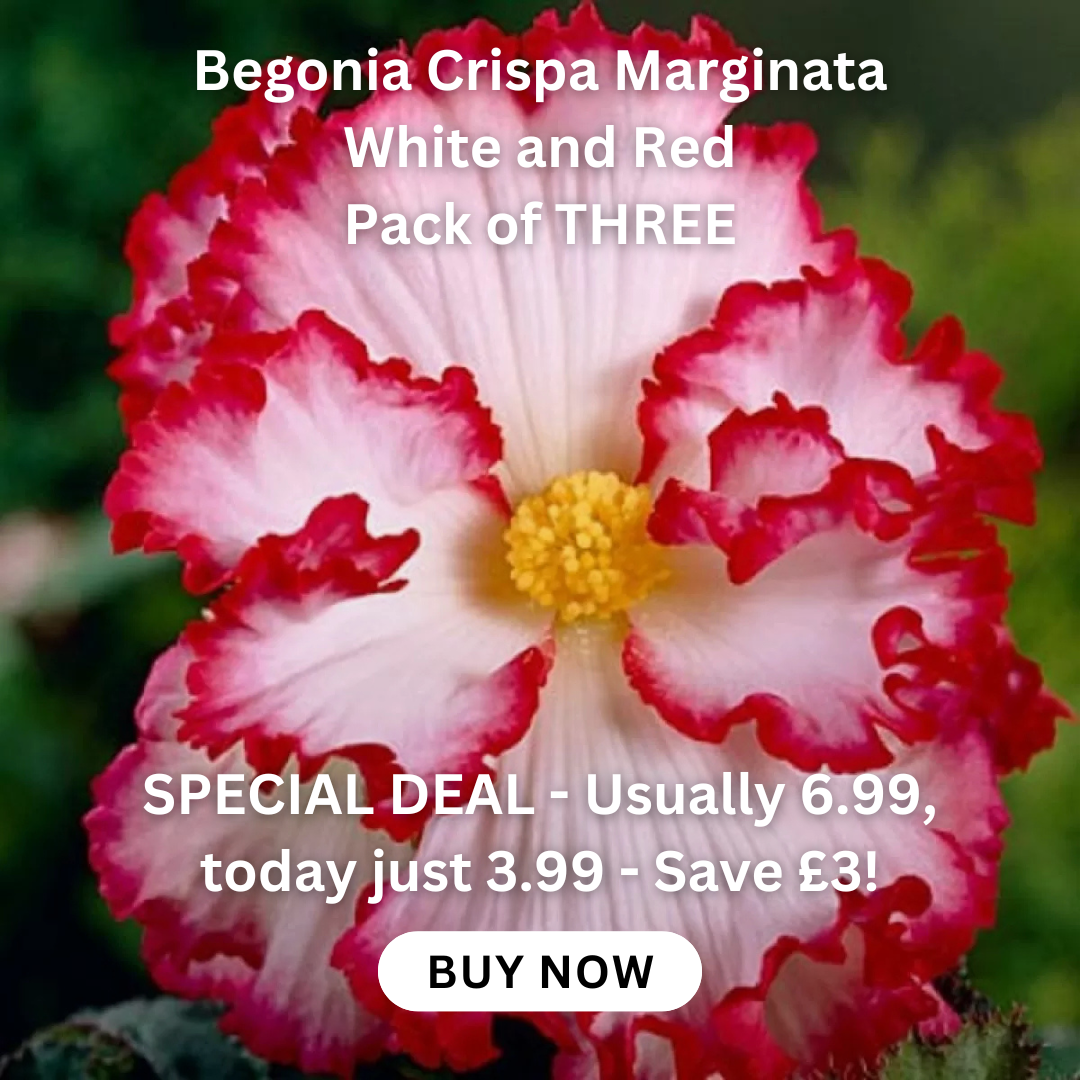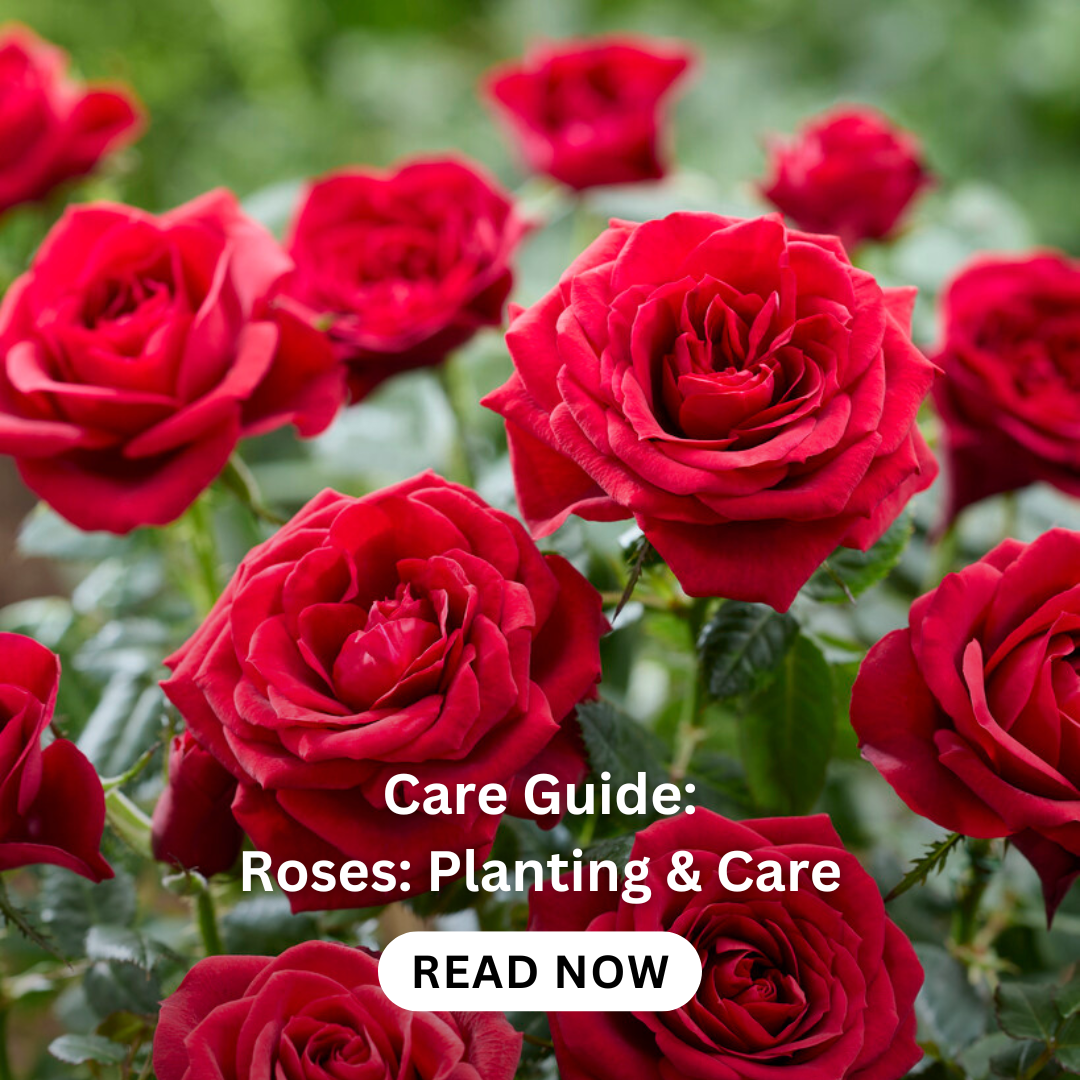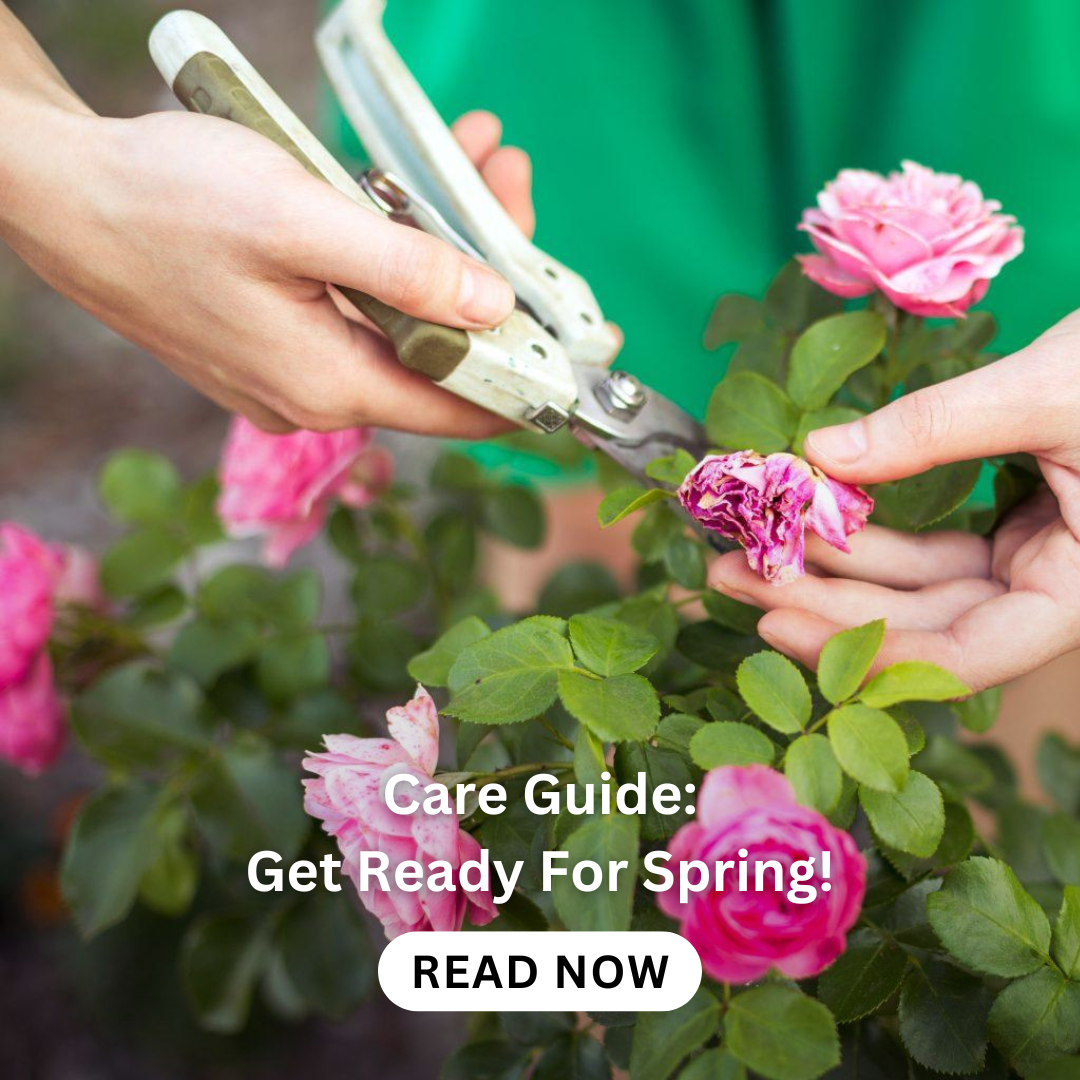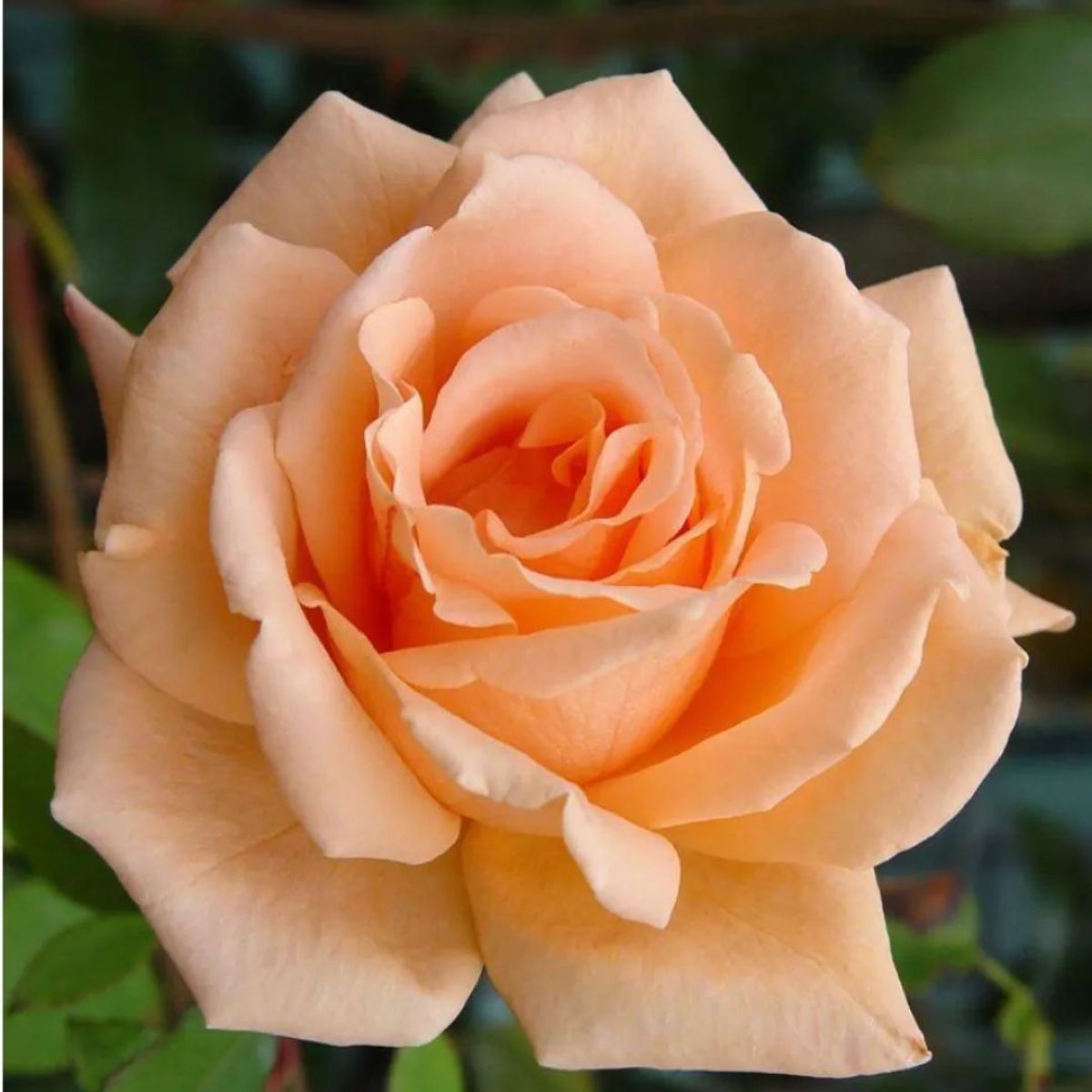Rose Breath of Life - Climbing Rose
Availability: Out of stock
Breath of Life is a popular older variety which produces an abundance of large flowers, much like a hybrid tea garden rose but on a climbing plant. These blooms are one of the harder to find colours amongst the climbers, being a lovely Apricot shade, and as the flower ages these will gradually fade to an Apricot-pink colour. The blooms also have the benefit of a nice fragrance and they are set off beautifully by healthy dark green foliage.
Strong plants supplied in approx 5 litre containers.
We found other products you might like!
Other people Bought
Recently Viewed Products
The primary intended use of this plant is to grow food for human consumption.
There are thousands of different plant species that can be consumed, and our extensive range is no exception. We have conveniently listed a large number of edible plants here. Additionally, we have compiled several articles and handy recipes for some of the plants you are less likely to find in supermarkets.
We always recommend conducting your own research before consuming any plant to understand the various ways different varieties can be prepared and consumed. Be mindful of potential allergies when trying anything new and ensure it is suitable for all who may be consuming it.
Some plants or varieties can also be cultivated as animal feed for livestock, such as poultry, game, and livestock reared for consumption. Again, we advise doing your own research to select the most appropriate plants for your livestock.
Please note that this plant is sold with VAT charged at 0%. If you are a VAT-registered business, ensure this is properly included in your VAT return.
Roses, if purchased during the Winter will often be freshly potted, with the compost falling away from the roots when you come to plant. This is quite normal, as Roses will be dormant during the coldest months of the year and do not produce new roots until the warm weather of Spring. If you wish, you may keep potted Roses in the pots until the weather is warmer before you plant out, they should be kept outdoors and kept watered during this time, we do however recommend getting them planted out as soon as possible after receipt. We cut back and prune all of our Roses in line with good horticultural practice, so there will be no pruning for you to worry about after planting or during the first season, apart perhaps other than snipping off any tips that may die back before Spring. Annual pruning can commence during late winter, the year after planting.
This product is currently out of stock, but we have similar options that we think you’ll like:











